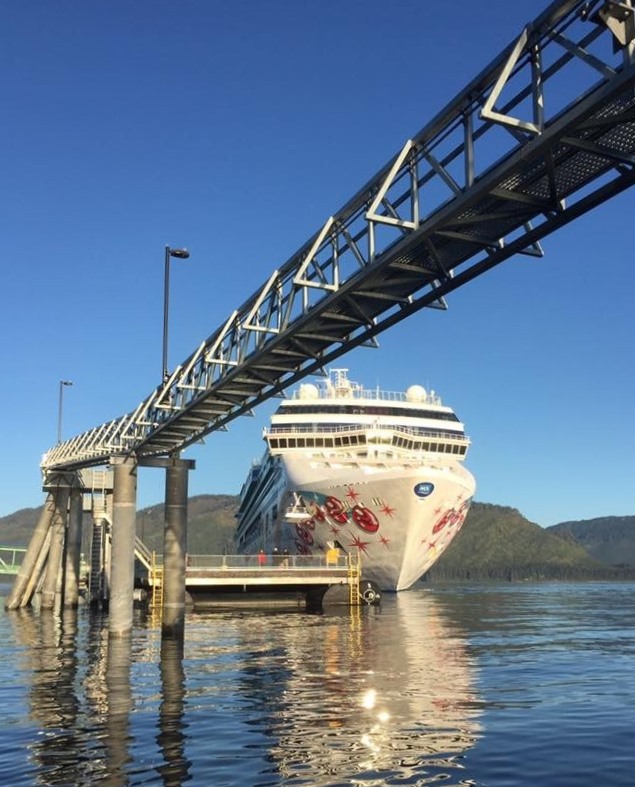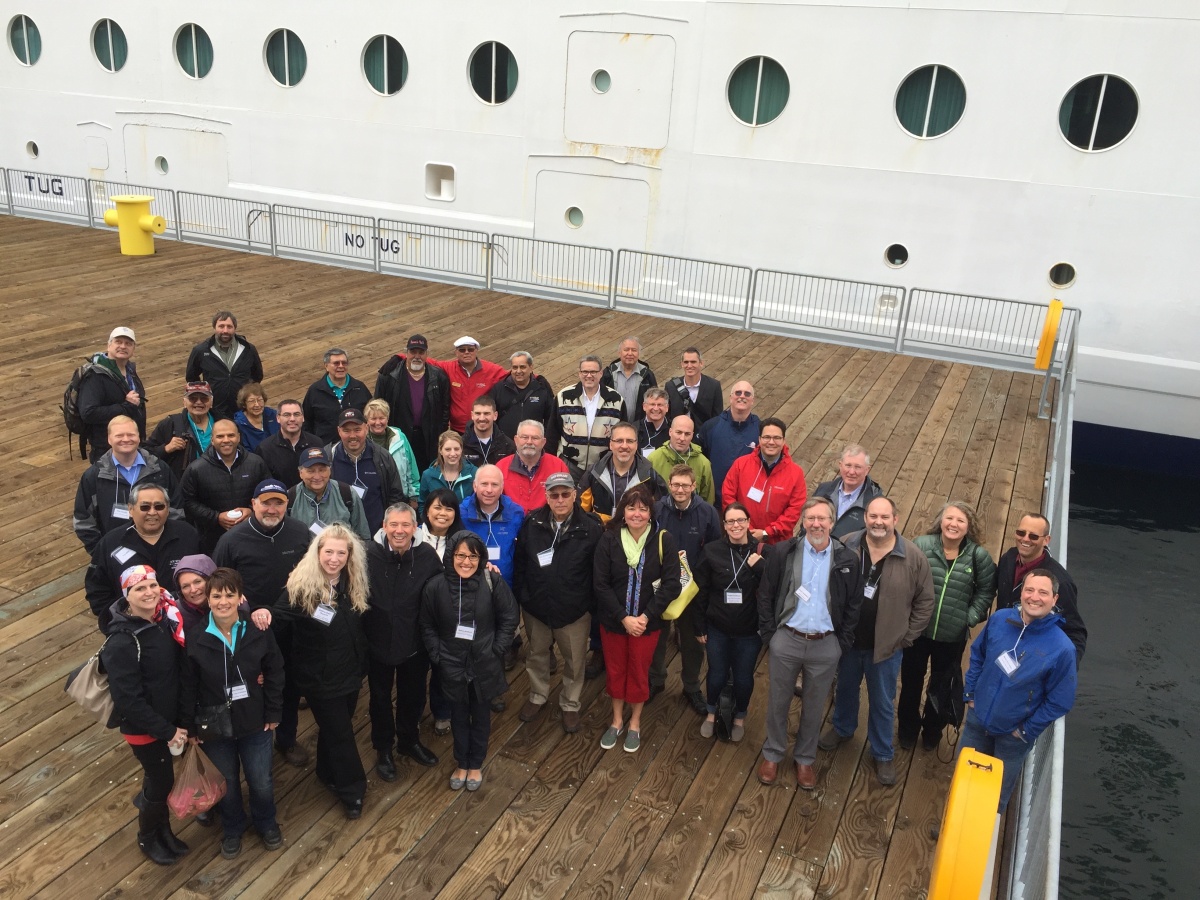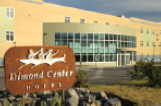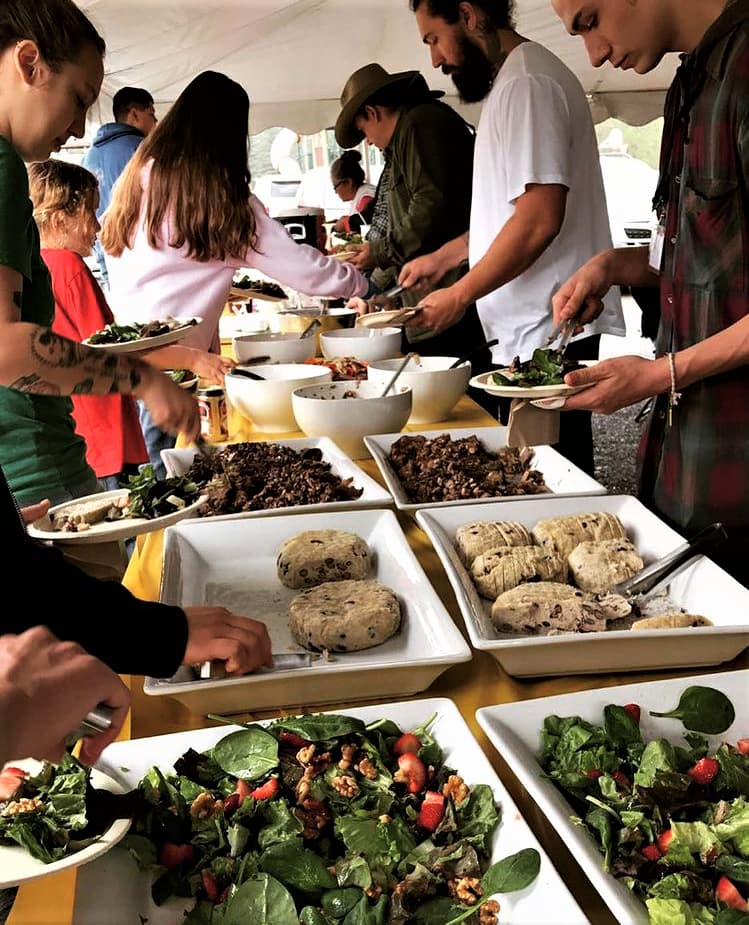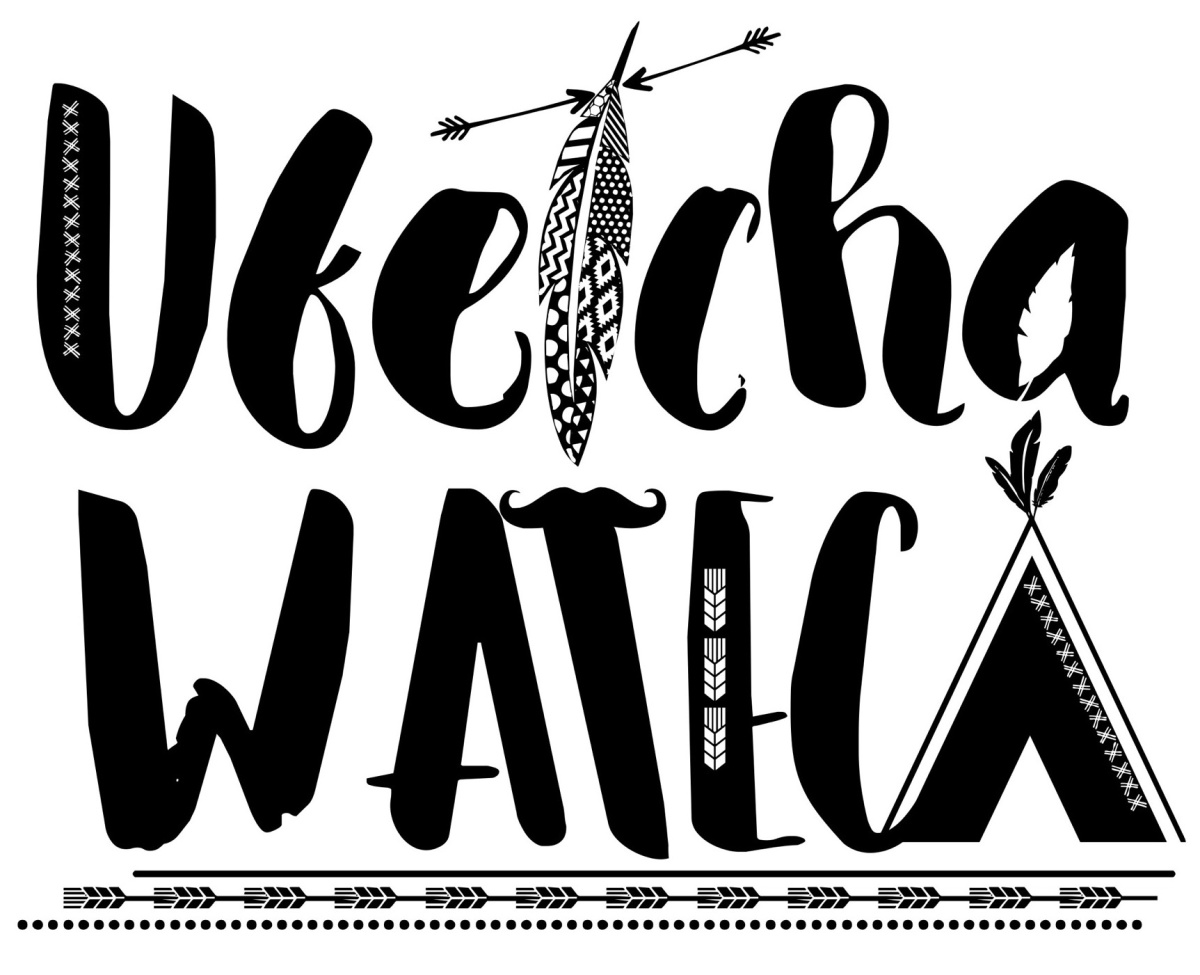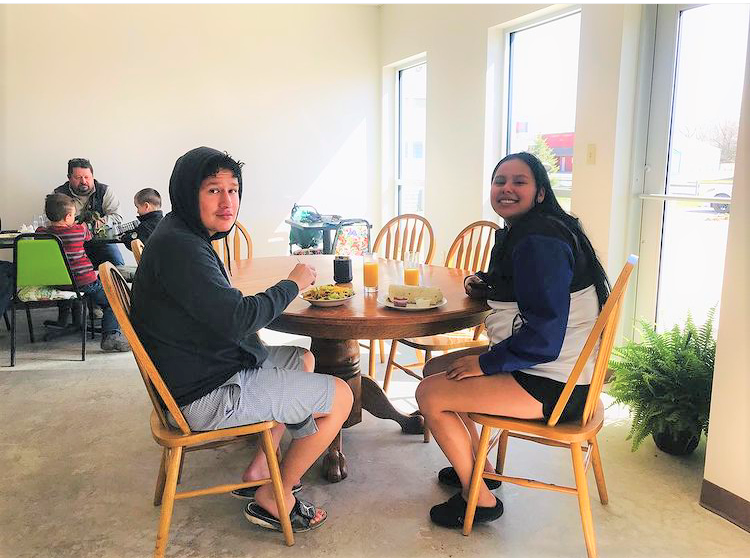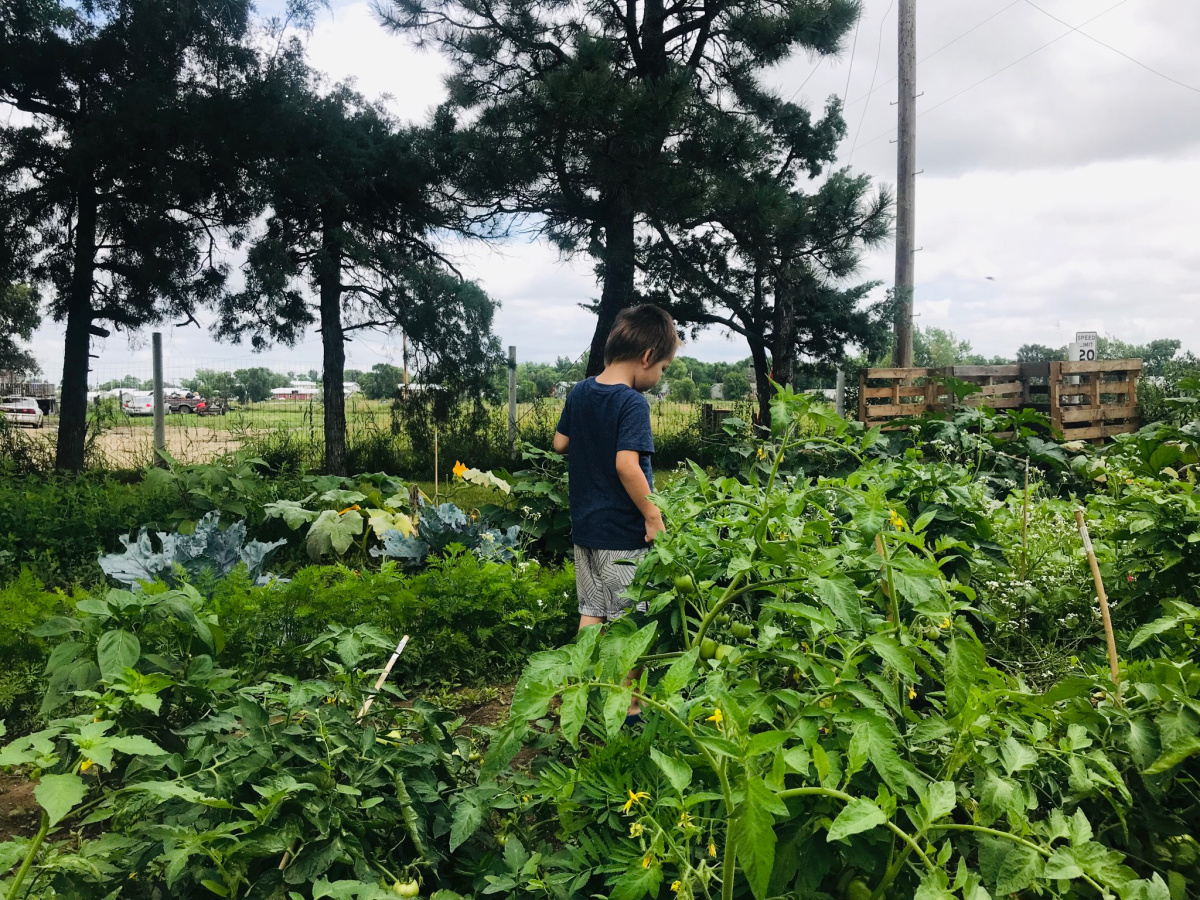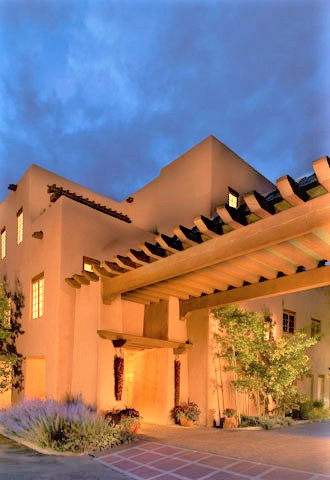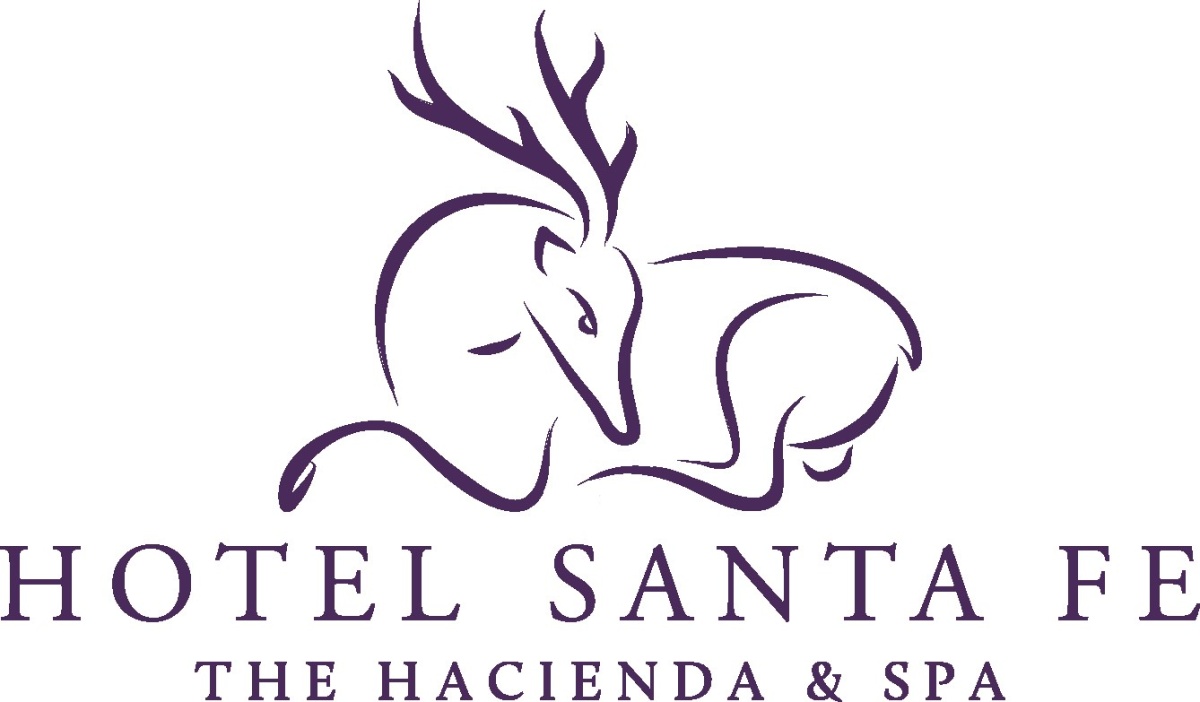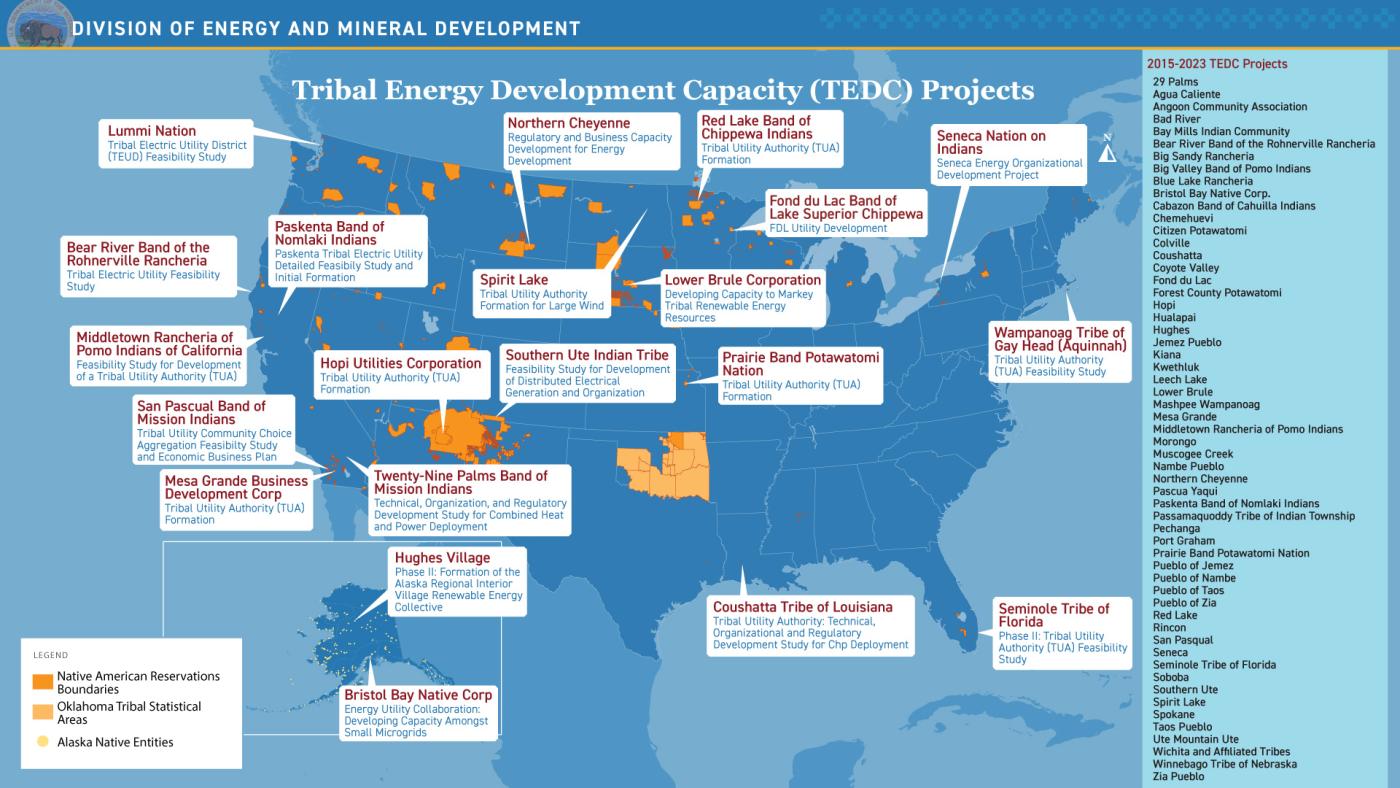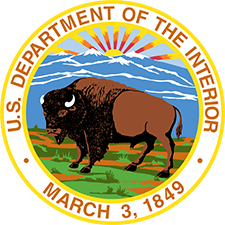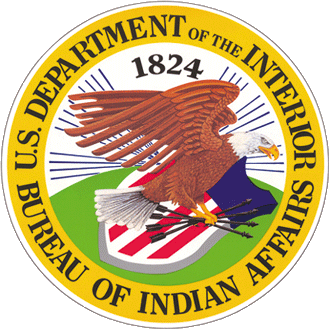Office of Indian Energy and Economic Development
What is the Indian Loan Guarantee and Insurance Program (ILGP)?
Through ILGP, the Division of Capital Investment (DCI) helps American Indian and Alaska Native (AI/AN) tribes and individuals get reasonable interest rates and overcome challenges to conventional financing, while also reducing the risk to lenders with the financial support of the federal government.
Eligibility Information
For Lenders
Most lending institutions, including Community Development Financial Institutions, may obtain a guarantee or insurance, provided they regularly make and evaluate business loans. Credit unions are generally not eligible to become ILGP approved lenders. Non-bank lenders (such as insurance companies, leasing agencies, and private wealth funds) that otherwise meet ILGP’s standards are eligible to access guarantees, but not insurance since they are not financial institutions.
For Borrowers
To qualify for a loan through the program, you must be:
- An individual who is an enrolled member of a federally recognized American Indian/Alaska Native (AI/AN) tribe or group
- A federally recognized AI/AN group
- A corporation, limited liability company or other business entity with no less than 51 percent ownership by federally recognized AI/AN individuals
Borrowers must have at least 20% equity in the project being financed and the project must benefit the economy of a reservation or tribal service area.
Loans may be used for a variety of purposes including operating capital, equipment purchases, acquisition and refinancing, building construction, and lines of credit.
Additional Information
Related Pages
- What Lenders Need to Know
- What Borrowers Need to Know
- Borrower Success Stories
- How Lenders Apply for a Loan Guarantee
- How Lenders Apply for Loan Insurance
- Division of Capital Investment
Related Documents
Contact Us
Washington, DC 20240

